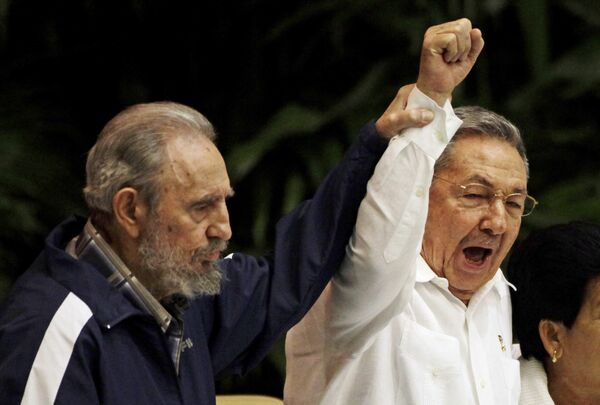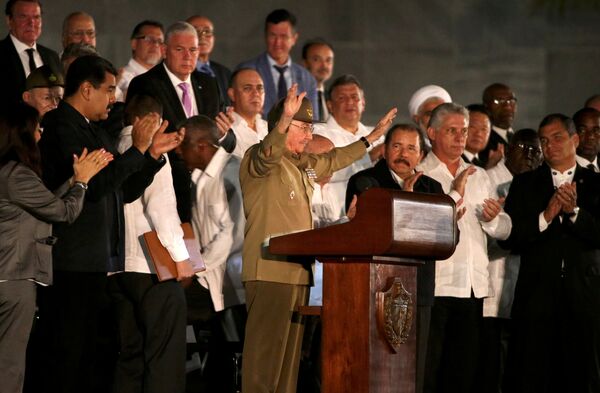Miguel Diaz-Canel Bermudez, former first deputy chairman of the State Council of Cuba, is about to fill the shoes of 86-year-old Raul Castro, the brother of the iconic Cuban leader, Fidel Castro. Miguel Diaz-Canel will become the country's first president born after the Cuban Revolution (1953 — 1959).
1. The Leader of a New Breed: Diaz-Canel, one of the youngest figures in the Cuban leadership, was born on April 20, 1960 in the city of Placetas in Villa Clara Province to Aida Bermudez, a schoolteacher, and Miguel Diaz-Canel, a factory worker. Having completed his training as an electronics engineer in 1982, he was drafted into the Cuban Revolutionary Armed Forces (FAR), where he remained until 1985. Since 1985 he has worked as an academic at the Central University of Martha Abreu (La Universidad Central "Marta Abreu" de Las Villas, UCLV) in Santa Clara.
2. The Party Career: In 1986 Diaz-Canel joined the Young Communist League (UJC) and a year later, the 27-year old politician was sent to Nicaragua as the party's liaison. At the time, Nicaragua was ruled by the Communist government of the Sandinista National Liberation Front (FSLN). After his return to Cuba, Diaz-Canel held different positions as a member of the National Bureau of the League. Finally, in 1994 he assumed the position of the first secretary of the Provincial Party Committee in Villa Clara.

3. A Rock Fan: Under Diaz-Canel's mandate, Villa Clara Province has undergone a number of positive and progressive cultural changes. Citing sources among the residents, The New York Times noted that the politician was accessible, friendly, and open-minded. He reportedly eagerly mingled with locals and listened to rock. Instead of riding in an air-conditioned car, Diaz-Canel rode a bicycle. He provided support to El Mejunje, one of the country's few gay-friendly cultural centers, which hosted rock 'n' roll shows under his governance.
4. Enthusiastic Reformer: In 2003 Diaz-Canel entered the Politburo of the Communist Party of Cuba (PCC) and served as the minister of higher education in the country's government from 2009. In 2013, the politician assumed the vice-presidency of the State Council. In both positions, Diaz-Canel earned the reputation of a reformer.

5. Climbing to the Top: It was Raul Castro who appointed Diaz-Canel as the first vice-president of the State Council, the second highest political position obtainable in the Council of State of Cuba. Being the successor to his legendary brother, who died in 2016, Raul Castro governed the country as acting leader from 2006 to 2008 and became the 18th president of Cuba in 2008. Despite leaving his post as leader of the country, Castro will remain the head of the country's Communist Party until 2021 and will also be in charge of the Cuban Armed Forces.
While observers point out that Diaz-Canel, who took the reins of the government on April 19, is largely unknown to the international community, it is believed that he will follow in the footsteps of his predecessors, remaining loyal to the country's revolutionary legacy.




